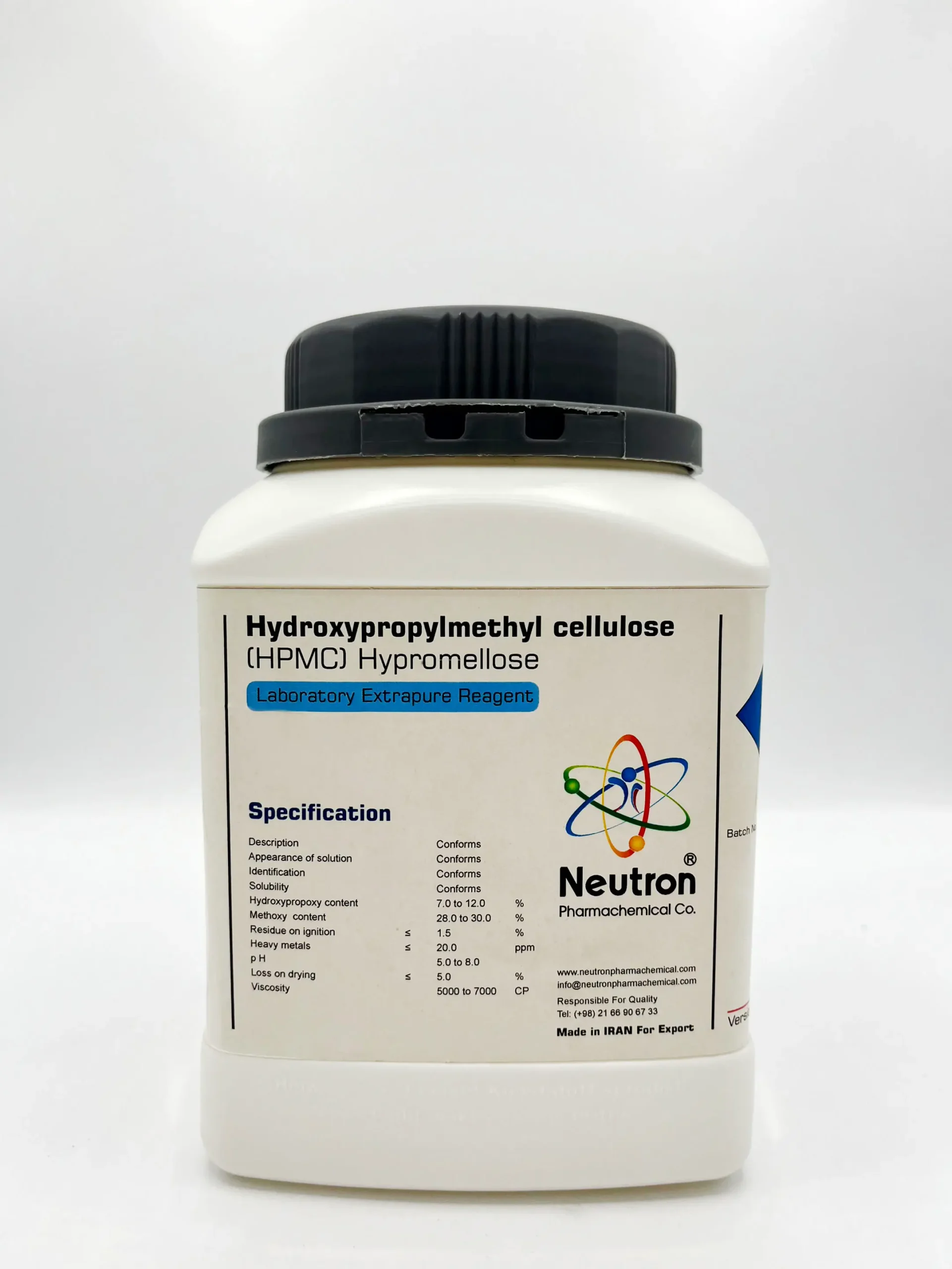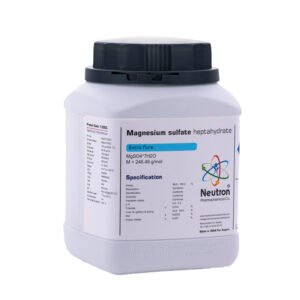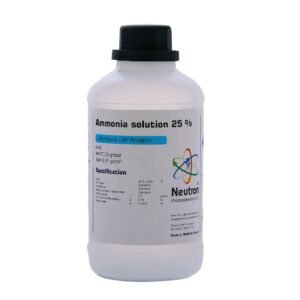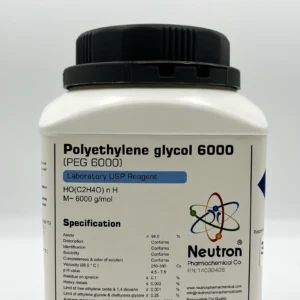هیدروکسی پروپیل متیل سلولز(HPMC)
| Description | Conforms | ||
| Appearance of solution | Conforms | ||
| Identification | Conforms | ||
| Solubility | Conforms | ||
| Hydroxypropoxy content | 7.0 to 12.0 | % | |
| Methoxy content | 28.0 to 30.0 | % | |
| Residue on ignition | ≤ | 1/5 | % |
| Heavy metals | ≤ | 20 | ppm |
| p H | 5.0 to 8.0 | ||
| Loss on drying | ≤ | 5 | % |
| Viscosity | 5000 to 7000 | CP |
Hydroxypropyl methyl cellulose (HPMC), also known as hypromellose, is a semi-synthetic, inert, and viscoelastic polymer derived from cellulose. It is widely used in pharmaceuticals, food products, cosmetics, and construction materials due to its thickening, film-forming, and stabilizing properties.
🏭⚗️ Production
HPMC is produced by chemically modifying cellulose with methyl chloride and propylene oxide in an alkaline medium. This process introduces methoxy and hydroxypropyl groups to the cellulose backbone, altering its solubility and gelation behavior to meet various industrial needs.
🔬 Properties
HPMC is a white to off-white, odorless, tasteless powder that dissolves in cold water to form a clear or slightly hazy, viscous solution. It is not soluble in hot water but exhibits thermal gelation, forming a gel when heated. HPMC is non-ionic, stable over a wide pH range, and resistant to microbial growth, making it suitable for applications requiring long shelf life.
🧪 Applications
• Pharmaceuticals: Used as a binder, film former, and controlled-release agent in tablets and capsules, and as a lubricant in ophthalmic solutions.
• Food Industry: Functions as a thickener, emulsifier, stabilizer, and vegetarian alternative to gelatin (known as food additive E464).
• Cosmetics and Personal Care: Used in lotions, creams, shampoos, and toothpaste for thickening and stabilizing formulations.
• Construction: Improves water retention, workability, and adhesion in mortars, tile adhesives, and plasters.





